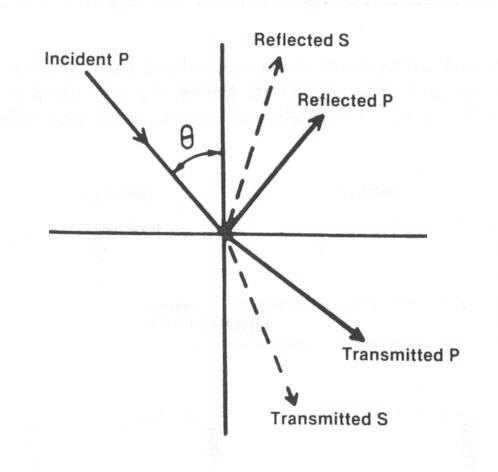Amplitude variation with offset, AVO, has become an essential tool in the petroleum industry for hydrocarbon
detection Rutherford and Williams (1989). AVO responses vary depending on the physical parameters of the reflection interface and
incidence angle Shuey (1985). In relatively simple geologic settings, offset is a simple function
of angle Castagna and Smith (1994). However, a more realistic ![]() will make offset and incidence angle
a complex relation Sheriff (1995). In these settings, amplitude variation with angle (AVA) is a preferable
alternative to AVO analysis.
will make offset and incidence angle
a complex relation Sheriff (1995). In these settings, amplitude variation with angle (AVA) is a preferable
alternative to AVO analysis.
Wave equation migration methods generally provide for easy angle domain image gather extraction Prucha et al. (1999). The gathers from wave equation methods are in depth and offset ray parameter. The details of the angle domain image gather extraction will be discussed in this paper. The models chosen for this study are relatively simple, with flat layers allowing for a direct comparison between offset ray parameter and angle. However, the presence of a salt body caused complex wave propagation. The resultant triplication and multi-pathing is generally handled well by wave equation migration methods Biondi (2000), and this is the migration method used in our study.
The attribute chosen for our AVA analysis is the intercept*gradient (A*B) attribute, which is commonly used in the petroleum industry Castagna et al. (1998). Typical Gulf of Mexico bright spots are low impedance sands and are characterized by a high negative normal incidence reflection (AVO intercept) and a negative gradient, thus giving a positive A*B attribute.
The basic goal in this study was to propose and test an effective AVA muting algorithm that could be used with interpreted data as an aid to identify sands that fall into the Class III AVO category. Also some basic AVA theory and the effectiveness of AVA as a hydrocarbon indicator will be discussed.
|
inter
Figure 1 Theoretical energy partition at an interface. |  |
|
type
Figure 2 AVO classifications. |  |